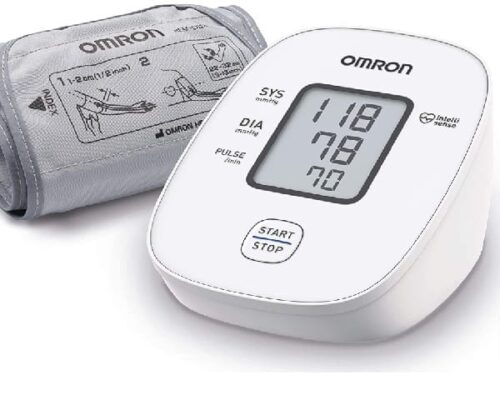High blood pressure is a common health condition that affects millions of people worldwide. Monitoring your blood pressure at home can help you manage your condition and prevent potential health risks. However, with so many blood pressure monitors on the market, it can be challenging to know which one to choose. In this guide, we’ll break down everything you need to know about buying a blood pressure monitor.
Type of Blood Pressure Monitor
There are two main types of blood pressure monitors: upper arm monitors and wrist monitors. Upper arm monitors are more accurate and provide consistent readings, while wrist monitors are more portable and easier to use. Consider which type of monitor will work best for your needs.
Accuracy
Accuracy is an essential factor to consider when purchasing a blood pressure monitor. Look for a device that has been clinically validated and meets the standards set by regulatory agencies such as the FDA or European Union. A device with a margin of error of no more than 5 mmHg is considered accurate.
Cuff Size
The cuff size of the blood pressure monitor is another important factor to consider. The cuff should fit snugly around your upper arm or wrist, and the size should be appropriate for your arm or wrist circumference. Most monitors come with adjustable cuffs that can fit a range of arm or wrist sizes.
Display
The display of the blood pressure monitor should be easy to read and provide clear readings of your blood pressure. Look for a device with a large, backlit display that shows both systolic and diastolic blood pressure readings, as well as heart rate.
Memory and Data Tracking
Some blood pressure monitors come with memory and data tracking features that allow you to store and track your blood pressure readings over time. This can be helpful in monitoring your condition and sharing your data with your healthcare provider. Look for a device with a memory capacity of at least 60 readings.
Brand and Price
The brand and price of the blood pressure monitor can also be important factors to consider. While there are many affordable options on the market, it’s worth investing in a high-quality device from a reputable brand. A higher-priced device may offer more advanced features, such as Bluetooth connectivity or multiple user profiles.
Additional Features
Some blood pressure monitors come with additional features, such as irregular heartbeat detection, averaging of multiple readings, or automatic inflation and deflation. Irregular heartbeat detection can alert you to potential health risks, while averaging of multiple readings can provide more accurate blood pressure readings.
Conclusion
When it comes to buying a blood pressure monitor, type of monitor, accuracy, cuff size, display, memory and data tracking, brand and price, and additional features are essential factors to consider. With the right blood pressure monitor, you’ll be able to monitor your blood pressure accurately and conveniently. Remember to choose a device that is easy to use, reliable, and meets your specific needs.









